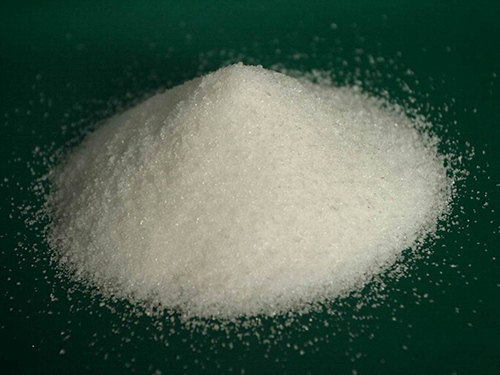Understanding the Applications and Risks of Methylisothiazolinone in Various Industries
Understanding the Role of Methylisothiazolinone in Consumer Products
Methylisothiazolinone (MI) is a synthetic biocide that has gained significant attention in various industries, particularly in cosmetics, personal care products, and household goods. Recognized for its antifungal and antibacterial properties, MI is used to prevent microbial growth, thereby extending the shelf life of products and ensuring safety for consumers. However, as with many chemical agents, its use raises questions regarding safety, sensitivity, and environmental impact.
What is Methylisothiazolinone?
Methylisothiazolinone is part of a larger family of isothiazolinones, which are nitrogen-containing five-membered ring compounds. MI is often used in formulations alongside Methylchloroisothiazolinone (MCI) as a combination preservative. This mixture is effective in combating bacteria, mold, and yeast, making it a popular choice for manufacturers looking to produce stable and safe formulations.
MI is found in a variety of products, including shampoos, conditioners, lotions, liquid soaps, and household cleaning agents. Its effectiveness at low concentrations—typically ranging from 0.001% to 0.1%—makes it a cost-effective solution for manufacturers.
Safety and Sensitivity Concerns
Over the years, a growing body of research has raised concerns about the safety of methylisothiazolinone. Reports of contact dermatitis and allergic reactions have increased, particularly among consumers using leave-on products such as creams and lotions. The European Commission’s Scientific Committee on Consumer Safety (SCCS) identified MI as a potential sensitizing agent, leading to regulatory actions. In 2016, the European Union established stricter guidelines for MI use in cosmetics, restricting its concentration due to safety concerns.
As a result, many cosmetic companies have reformulated their products, opting for alternative preservatives that may be safer for consumers. However, due to its effectiveness, MI continues to be utilized in rinse-off products, like shampoos and body washes, which tend to have less risk of extended skin exposure.
me isothiazolinone

Environmental Impact
Apart from health concerns, the environmental implications of using methylisothiazolinone warrant consideration. The presence of MI in wastewater can affect aquatic ecosystems, leading to broader ecological consequences. Its biocidal properties may disrupt the balance of microbial life in water bodies, which are crucial for maintaining healthy ecosystems. Consequently, manufacturers are under increasing pressure to adopt more environmentally friendly practices and seek alternative preservatives that pose less risk to both human health and the environment.
Moving Towards Alternatives
The cosmetic and personal care industries are evolving, with many companies exploring natural and organic alternatives to traditional preservatives. Ingredients like essential oils, antioxidants, and plant-based extracts are gaining traction as safer options. Some products now utilize fermentation-based preservatives, which also offer antimicrobial properties without the associated risks of synthetic compounds like MI.
However, the transition to these alternatives poses challenges. Natural preservatives often require more extensive testing to establish efficacy and stability over time, in addition to typically having a shorter shelf life than their synthetic counterparts. As a result, the balance between ensuring product safety and maintaining efficacy remains a key concern for manufacturers.
Conclusion
Methylisothiazolinone serves an important role in the preservation of consumer products, but its association with skin sensitivities and environmental impact cannot be overlooked. Ongoing research and regulatory scrutiny may force manufacturers to rethink their formulation strategies in favor of safer, more sustainable alternatives. Consumers are becoming more informed, raising awareness about the ingredients in personal care products, and demanding transparency from manufacturers. As this trend continues, the industry will likely adapt, leading to a future where both user safety and environmental responsibility are prioritized. By understanding compounds like methylisothiazolinone and recognizing the implications of their use, consumers can make more informed choices about the products they choose to integrate into their daily lives.
-
lk-319-special-scale-and-corrosion-inhibitor-for-steel-plants-advanced-solutions-for-industrial-water-systemsNewsAug.22,2025
-
flocculant-water-treatment-essential-chemical-solutions-for-purification-processesNewsAug.22,2025
-
isothiazolinones-versatile-microbial-control-agents-for-industrial-and-consumer-applicationsNewsAug.22,2025
-
scale-inhibitor-key-solutions-for-water-system-scale-preventionNewsAug.22,2025
-
organophosphonates-versatile-scale-inhibitors-for-industrial-water-systemsNewsAug.22,2025
-
scale-and-corrosion-inhibitor-essential-chemical-solutions-for-water-system-maintenanceNewsAug.22,2025





